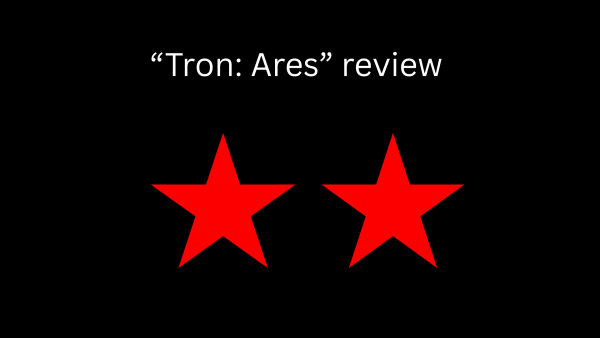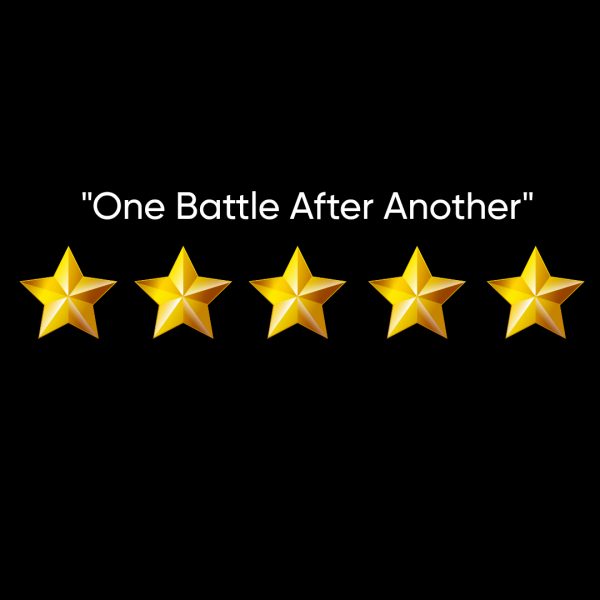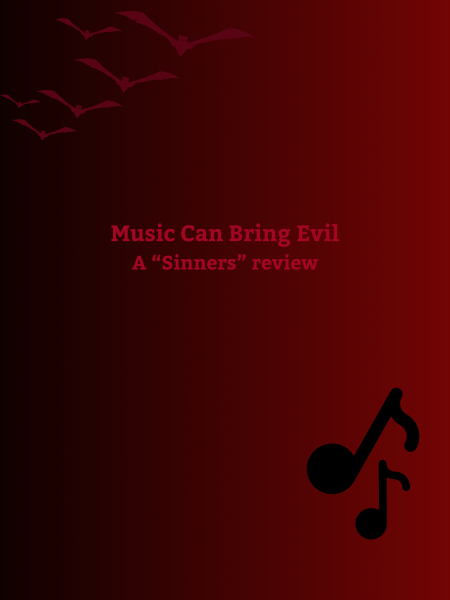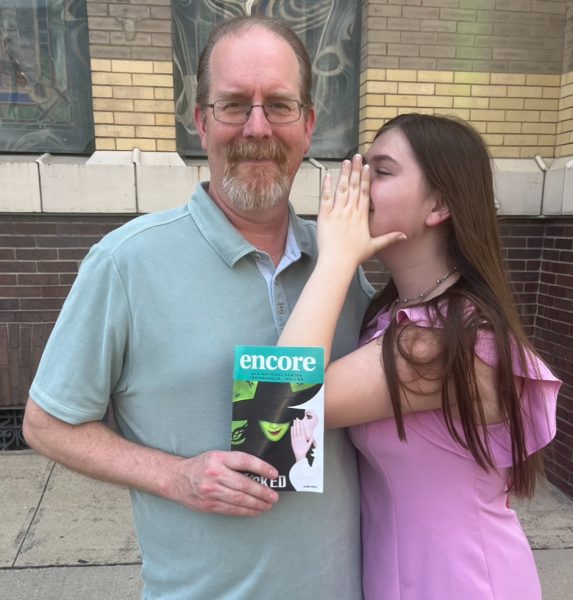‘Halloween’s’ legacy
With the latest sequel now out it is time to renew the lost legacy of ‘Halloween’.
With the latest sequel now out it is time to renew the lost legacy of ‘Halloween’.
Kindell Readus is a junior and a reporter for the Fishers Tiger Times. Their views do not necessarily reflect those of the newspaper.
Classic films are categorized as those that outlast time and trends, to become generational staples. John Carpenter’s 1978 “Halloween” has truly lived up to this expectation, grossing roughly $47 million on a budget of $325,000. Time will tell how well the most recent and upcoming sequels will redeem the legacy lost by the first installment.
The original ‘Halloween’ was made with a stark intention, along with all the charm of a low-budget production. The crew’s purpose and vision were true and clear, they were making something new, something that had never really been done before. But as the series progressed through five decades and 13 movies, 11 of those failed to reach the original drive to make something that stood out from the overwhelming number of horror movies that had come out since the initial release of the first film. This decline in quality was due to the longing for profit from the nostalgia of viewers, as the budget became less and less of a hindrance these movies became more theatrical than they were intentional. The first installment of these films quickly became an anti-climatic money grab disguised as an addition to the original film. Something made clear by Carpenter’s statement saying that he would make as many movies as he could while still making money.
The newest films work as demythologization films, this term refers to a film or set of films aimed at exposing the flaws and weaknesses of mythic genre tropes and archetypes causing them to shine a realistic and oftentimes disturbing light on cinematic norms, shifting genre expectations.
In this second installment of the film the audience sees Micheal Myers demystified, he is no longer shown as a supernatural being, but instead, just the traumatized boy trapped not only behind the mask but within the grasp of a man he never fully became. The audience can no longer hide from the horror of his actions by pretending he is something beyond human, the human side of this inhumane killer in full view for the first time since its creation. It forces watchers to confront the idea that the horrors committed were done by nothing more than a human. Instead of seeing Laurie Strode living a normal life after enduring Myers torture. Audiences see a bitter, aging and highly paranoid Strode. She wasn’t given the false happy ending; she is broken and traumatized by the past. Her every action aches with the instincts of survival. We see how her trauma affected her family and how the pain Myers caused was generational just like the legacy these movies have created, good or bad they are here to stay.













